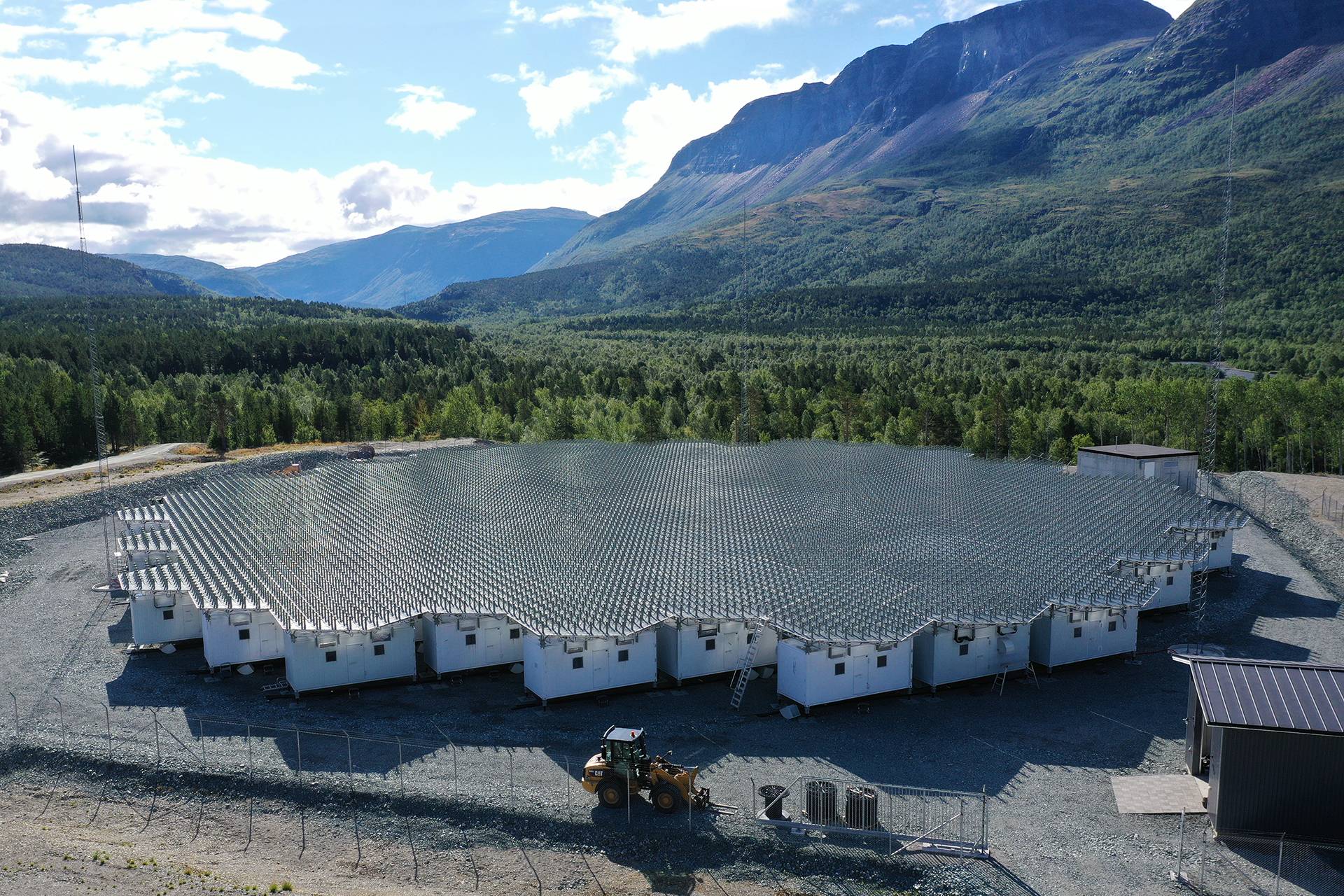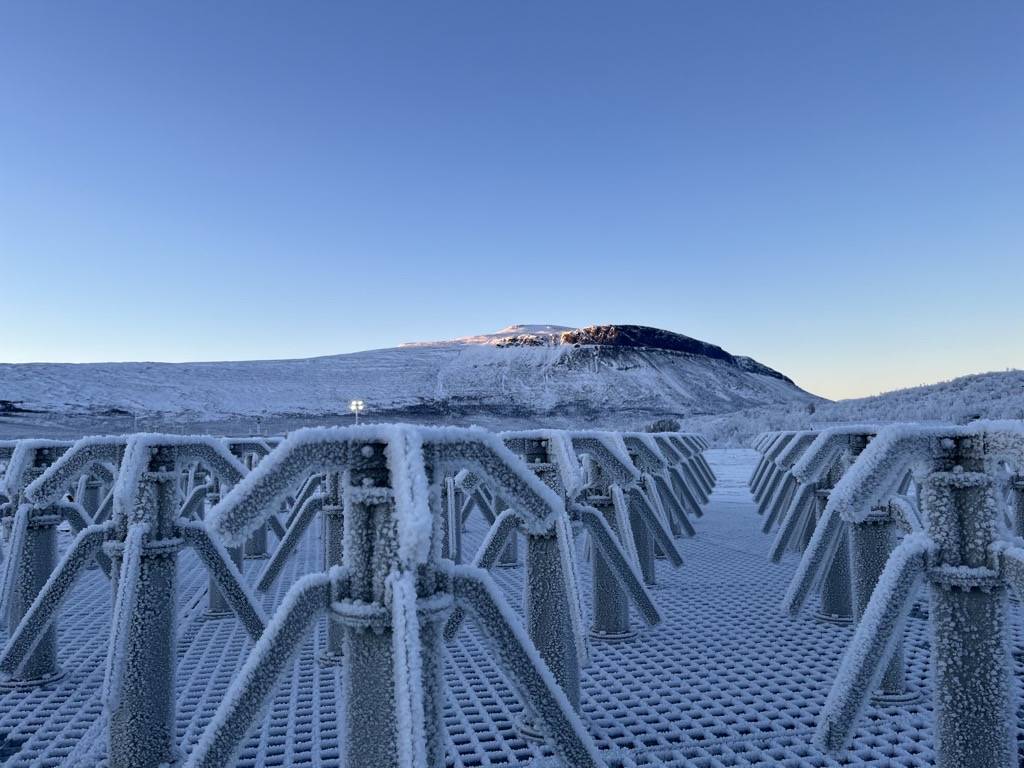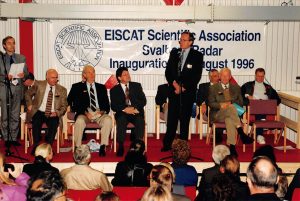EISCAT Svalbard Radar 25 years
The EISCAT Svalbard Radar (ESR), in Longyearbyen, was inaugurated on August 22, 1996. The participants included 200 guests from 12 countries, including the president of the Norwegian Parliament and officials from the EISCAT member countries, as well as representatives of the international scientific community.
The Norwegian Minister of Education, Science and Church Affairs, Mr. Reidar Sandal, formally opened the facility by setting the antenna in motion and starting an observing session.
At that time, in 1996, there were ten incoherent scatter radars world-wide. With the ESR, EISCAT operated three of the highest-standard facilities in the world. The unique location of the ESR, at 78 degrees north, was and still is of great importance for the science community.
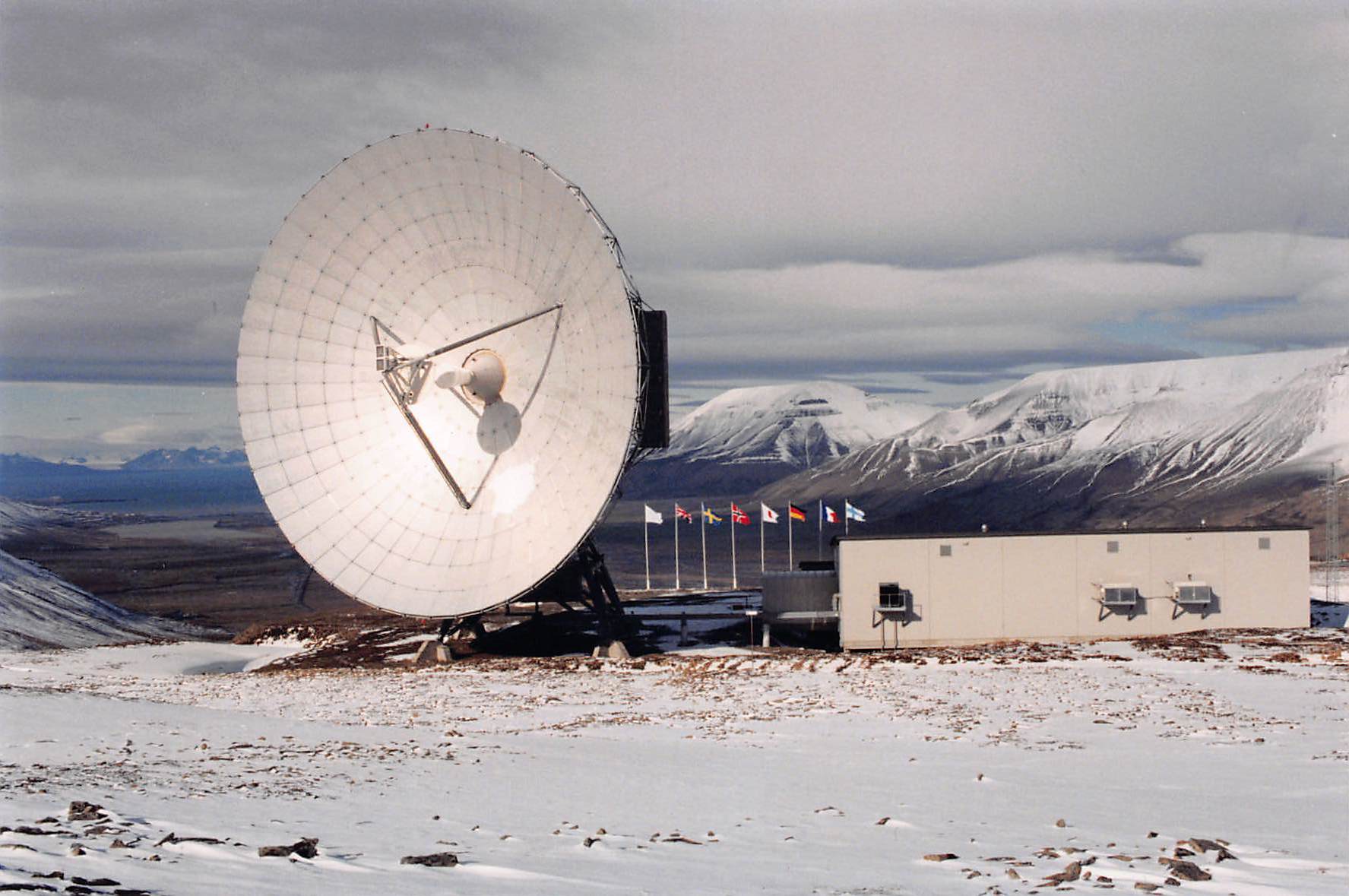
EISCAT Svalbard Radar Inauguration 22 August 1996
In April 1996 Japan became a full official member of the EISCAT Scientific Association. With that membership EISCAT went from a solely European project to a Euroasian project. The Japanese funding enabled EISCAT to plan new technical improvements in the ESR system and to build a second antenna.
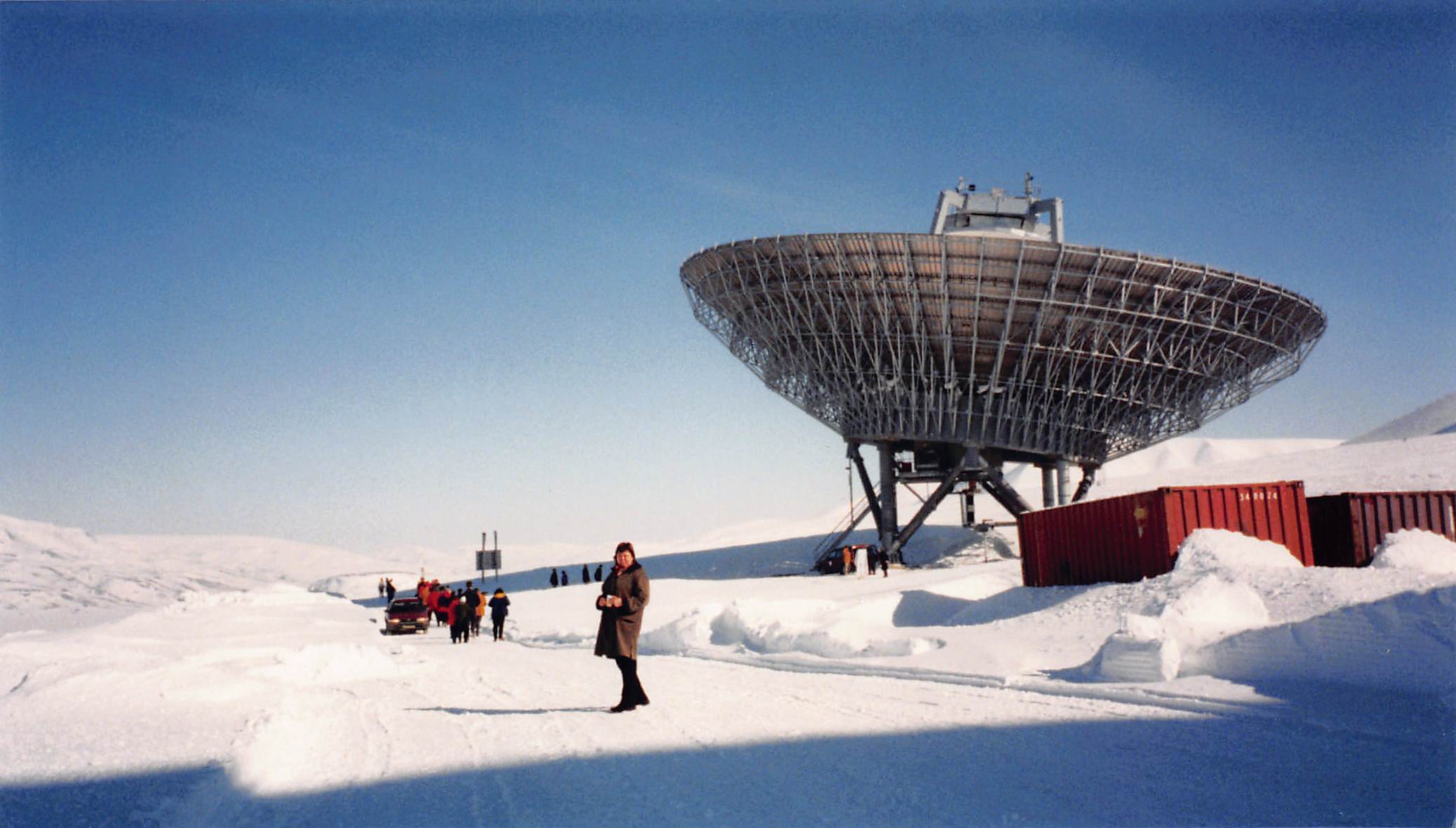
Inauguration of the second antenna at ESR May, 2000
These improvements had major impacts on the science activities. An increase in the transmitter power improved the sensitivity of the radar, making it possible to measure at higher altitudes/greater ranges and to improve the time resolution. The construction of the new antenna provided the system with the ability to observe in two directions simultaneously, thereby resolving some of the spatial variability of the ionosphere. The second antenna was completed in 1999 and the formal inauguration of it took place in May 2000.
In 1997 Dr. Tauno Turunen succeeded Dr. Jürgen Röttger, who at that time had been EISCAT Director for eleven years. Dr. Rüttger played a major role in EISCAT’s evolution and it is especially to his credit that the EISCAT Svalbard Radar planning and construction was completed so successfully.
